‘Echoes of Existence’: Ruhul Amin Tarek’s visual pilgrimage
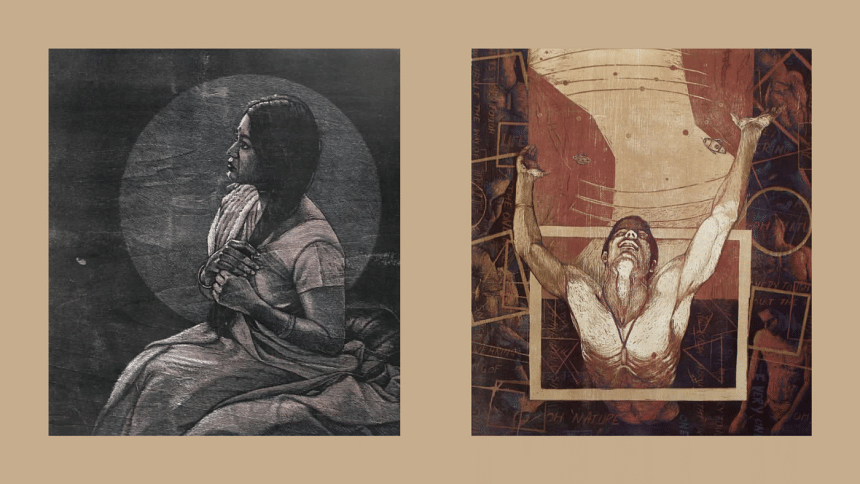
In the heart of London's East End, the Spitalfields Studios Gallery recently unveiled "Echoes of Existence", a solo exhibition by Bangladeshi artist Ruhul Amin Tarek — representing a thoughtful, spiritually charged journey through form, time, memory, and landscape. With 64 diverse works ranging from woodcuts to drypoints, acrylics to pencil sketches, Tarek invites the viewer into a contemplative realm where art becomes a mirror for inner life, the human condition, and nature's silent testimony.
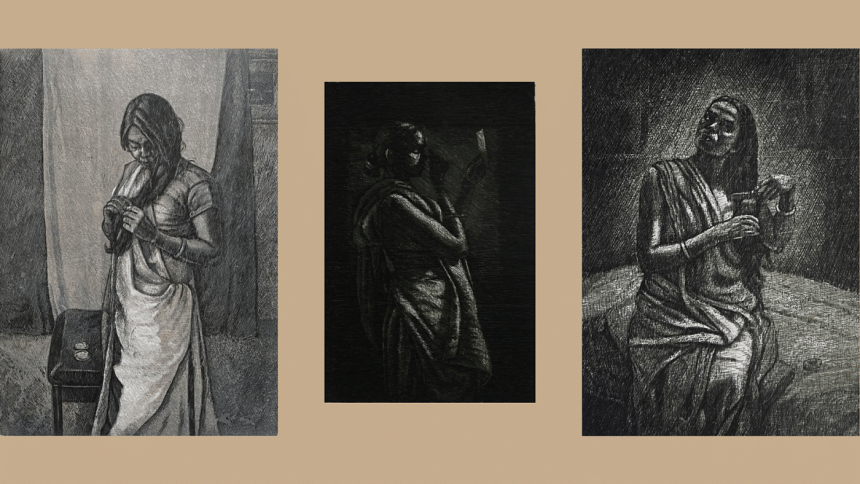
The title itself, "Echoes of Existence", sets the tone. The artworks under the series are not mere representations of life; they are resonances—faint, persistent vibrations of lived experience, spiritual inquiry, and cultural memory. Tarek's art doesn't shout—it hums, whispers, and meditates.
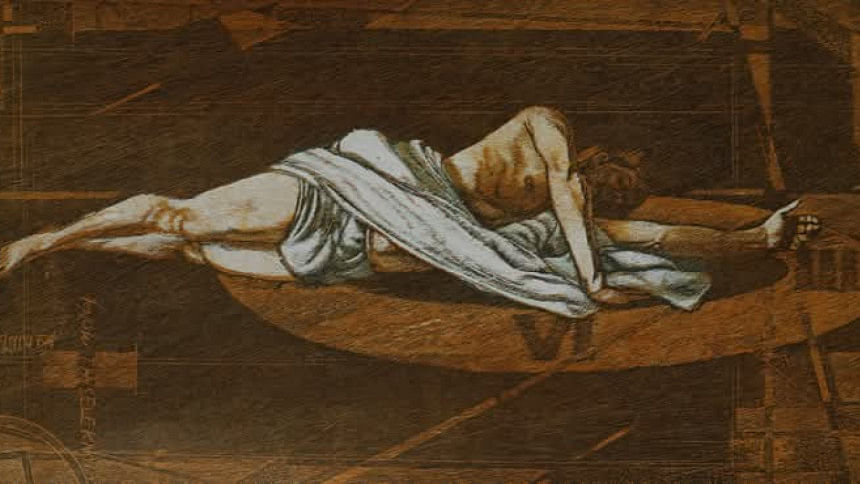
At the centre of the exhibition is a riveting figurative composition—a powerful image of two entwined bodies resting within the frame of a massive clock. Titled "Time's Embrace" (unofficially), the work speaks volumes about our mortal temporality, intimacy, and the cyclical nature of life and death. The Roman numerals surrounding the figures hint at Western constructs of time, while the quiet embrace suggests something timeless, sacred, and human. The treatment of light is almost sculptural, drawing us into a chiaroscuro of existential vulnerability.
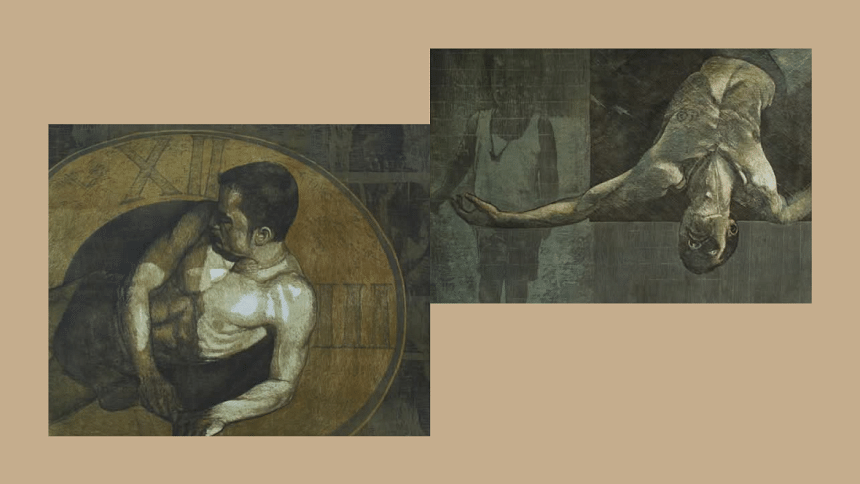
In sharp contrast, Tarek's pencil sketch of Charwashpur, Bashila, Dhaka captures a tranquil riverside scene with remarkable sensitivity and restraint. Dated November 2015, this drawing is not simply a documentary; it is an act of preservation of vanishing heritage, quiet village life, still waters, and humble architecture. The drawing resonates with an artist's devotion to his roots and a meditative eye that sees the sacred in the ordinary.
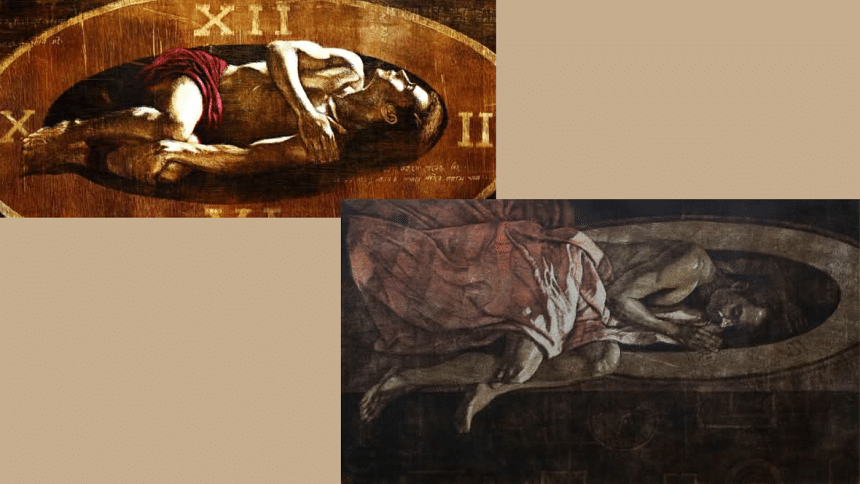
Completing the visual arc is a luminous landscape painting that could be titled "Fields of Memory". A vast expanse of green paddies stretches across the canvas, punctuated by scarecrows or fluttering flags. The misty horizon, hazy blue in the distance, gives a sense of timeless morning. Here, Tarek's brushwork is both precise and expressive. It is not just a celebration of nature, but a reflection on belonging, sustenance, and seasonal rhythms, the kind of deep observation only a soul attuned to silence and soil can offer.
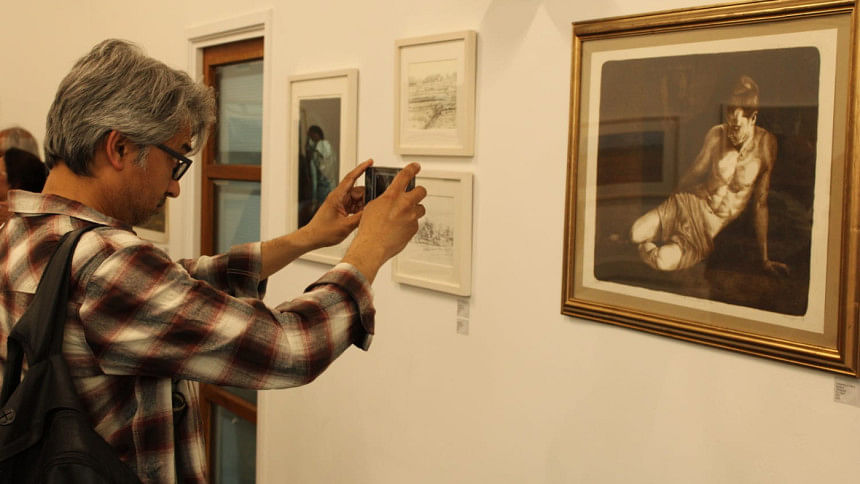
What binds these seemingly disparate works together is Tarek's spiritual quest—a consistent search for meaning, for selfhood beyond ego, for communion with nature and others. His visual language shifts across media but remains anchored in sincerity and introspection. While his academic foundation in printmaking is evident in his technique, it is his inner vision that transforms the works into pilgrimages of perception.
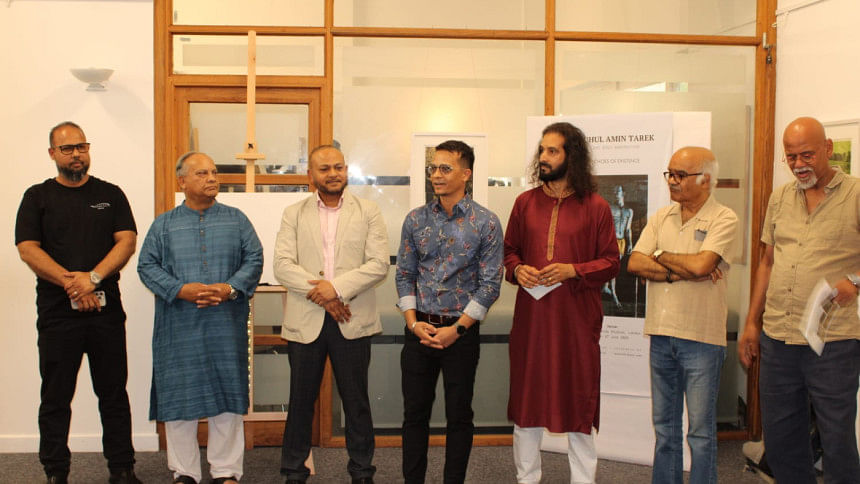
Curated by artist Zaman Md Fakruzzaman, the exhibition is enriched by a diverse panel of guests of honour—writers, economists, poets, and cultural leaders—whose presence signals the show's ambition to bridge art with literature, music, and social dialogue.
Ruhul Amin Tarek's "Echoes of Existence" is more than an exhibition. It is a sanctuary of images, a space where the viewer is gently urged to pause, breathe, and listen to the echoes within. In a time of relentless noise, Tarek's art reminds us that truth often lies in stillness.
Zahangir Alom is a visual artist, critic, and curator based in Bangladesh.
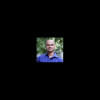
 For all latest news, follow The Daily Star's Google News channel.
For all latest news, follow The Daily Star's Google News channel. 





Comments